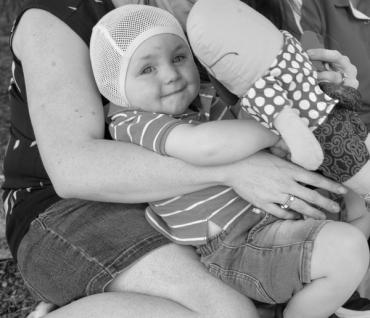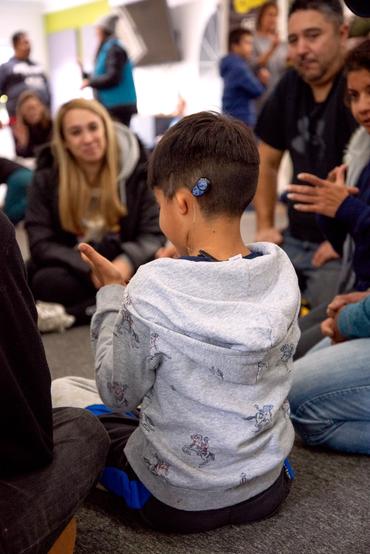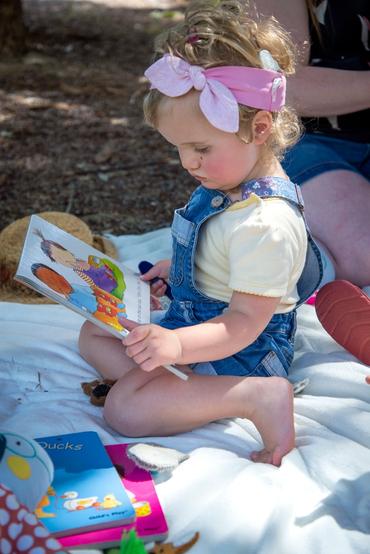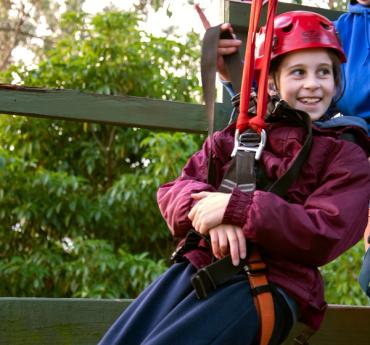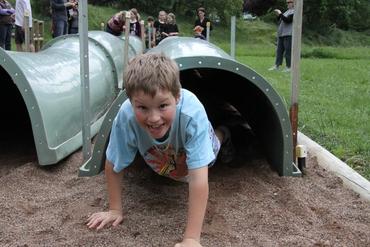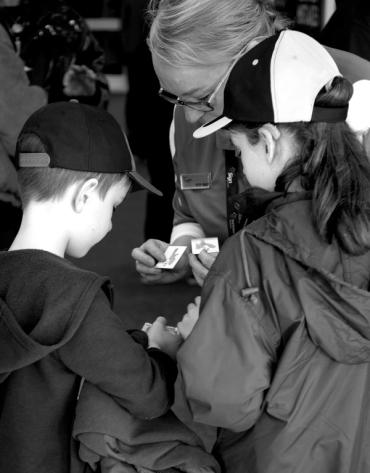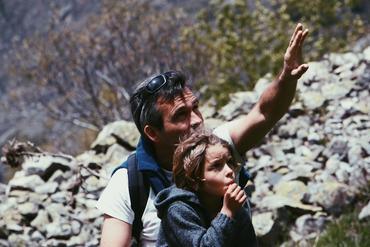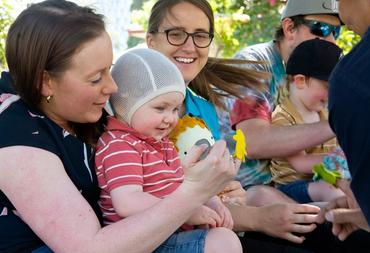Content Finder
There is a great deal of information available on the internet about deafness. We have collected a range of the key subjects parents told us were important to them - and you can check these out right here. Just use the drop-down filters to help focus on what interests you and we will feed in the relevant content.
First Signs - baby sign language
At around four to seven months of age, in the same way hearing babies begin to babble vocally, babies acquiring sign language begin to babble on their hands.
Education of the Deaf in Australia and Norway: A Comparative Study.
Greater use of sign language combined with social interaction strategies are could benefit deaf and hard of hearing students feel included.
Nurturing Language Development.
Children naturally engage with parents and caregivers in back-and-forth conversation, producing language interaction and joint attention, and this results in language development.
Bilingual Bimodal approach to Language Acquisition.
Parents can help improve their child's language development by providing rich language experiences led by their child's language preferences.
Bilingual Programs: The Current State of Knowledge.
More research is needed, including studies reporting both reading and writing outcomes in sign bilingual programs.
Early Intervention Key to Improving Literacy Skills for Deaf Children.
There are great benefits for deaf children in having their parents read stories to them in sign language.
Language acquisition for deaf children: What linguists can do.
New evidence suggests that if children are exposed to a first language in the critical period of their first years, they may develop complete fluent use of any language.
A New discourse of Language Development in Deaf Children.
Children learning to communicate may benefit from using multiple modes of language- gestures, signs, spoken words and writing.
Enhancing Early Communication through Infant Sign Language.
With the right methods, it's possible to teach a baby as young as six months old to use a simple sign.
Defending Deaf Culture: The Case of Cochlear Implants.
Deafness is recognised as a cultural identity rather than a disability.
Advantages of Early Visual Language.
It's a myth that sign language will hold back a deaf or hard of hearing child from developing spoken language. It has been shown that spoken language skills and English literacy actually increase as children learn more gestures and signs.
Signing with Babies and Children: A summary of findings.
For infants and toddlers, signing can help develop language skills, expand vocabulary and improve reading skills.
Cochlear Implant Access in Six Developed Countries
Newborn hearing screening and the system of healthcare reimbursement contributes to Australia's high number of cochlear implant usage.
Australian Aboriginal Deaf People and Aboriginal Sign Language.
Supporting local signed languages in important for community communication.
Discovering Predictors to Successful Outcomes for Deaf or Hard of Hearing Children.
Early identification and intervention can lead to positive outcomes in age-appropriate language skills for deaf and hard of hearing children.
Support for parents of deaf children.
Common Questions and Informed, Evidence- Based Answers.

